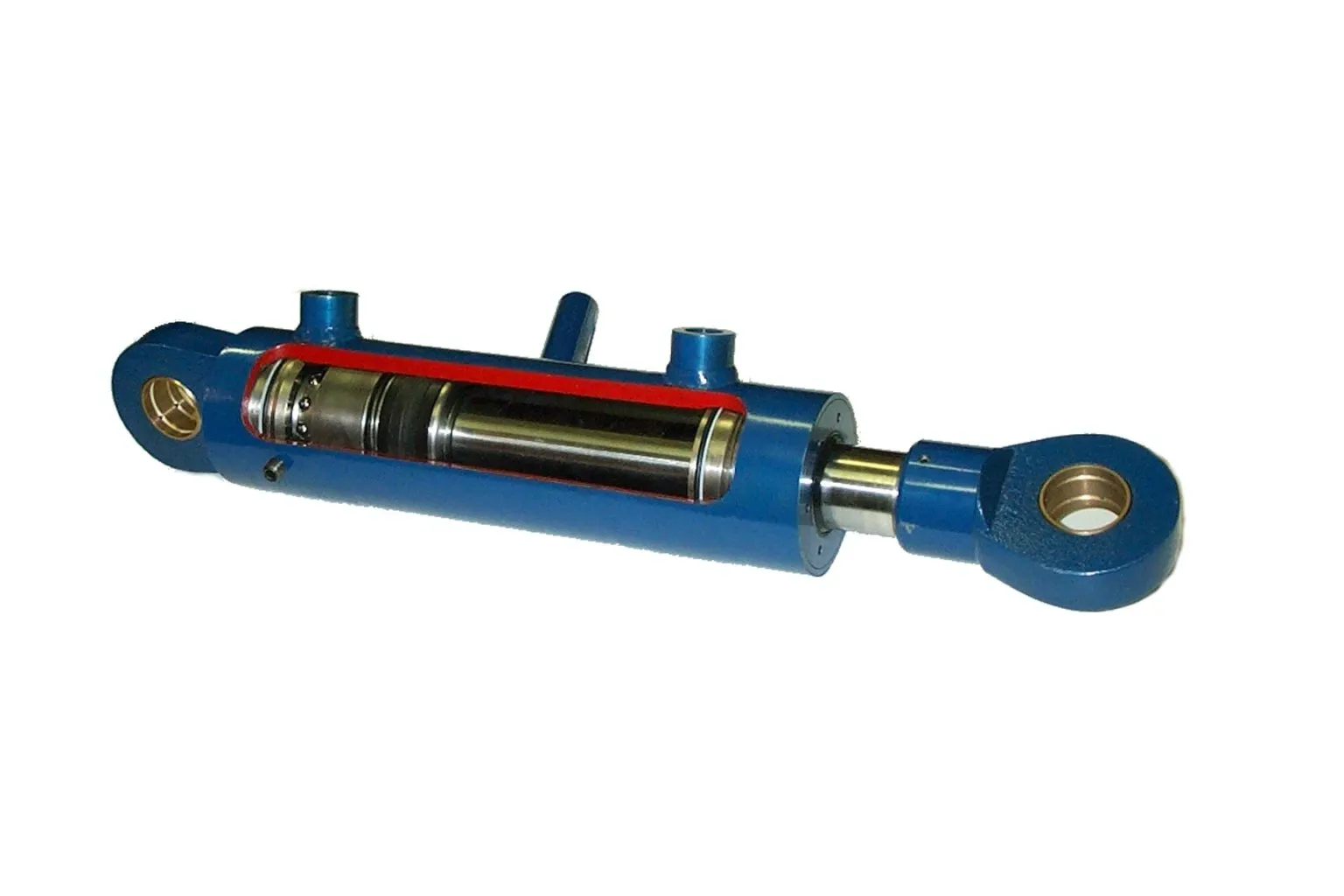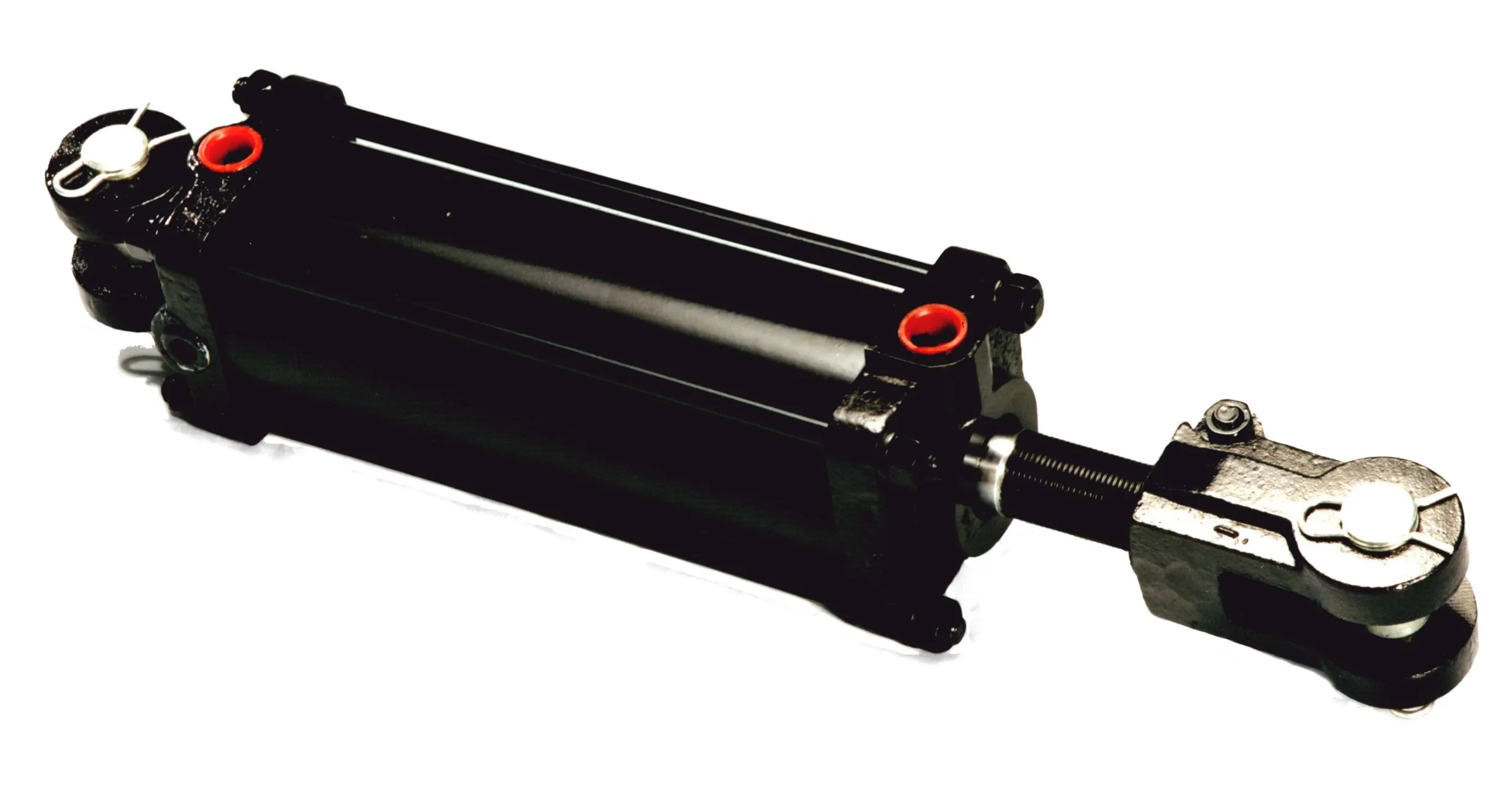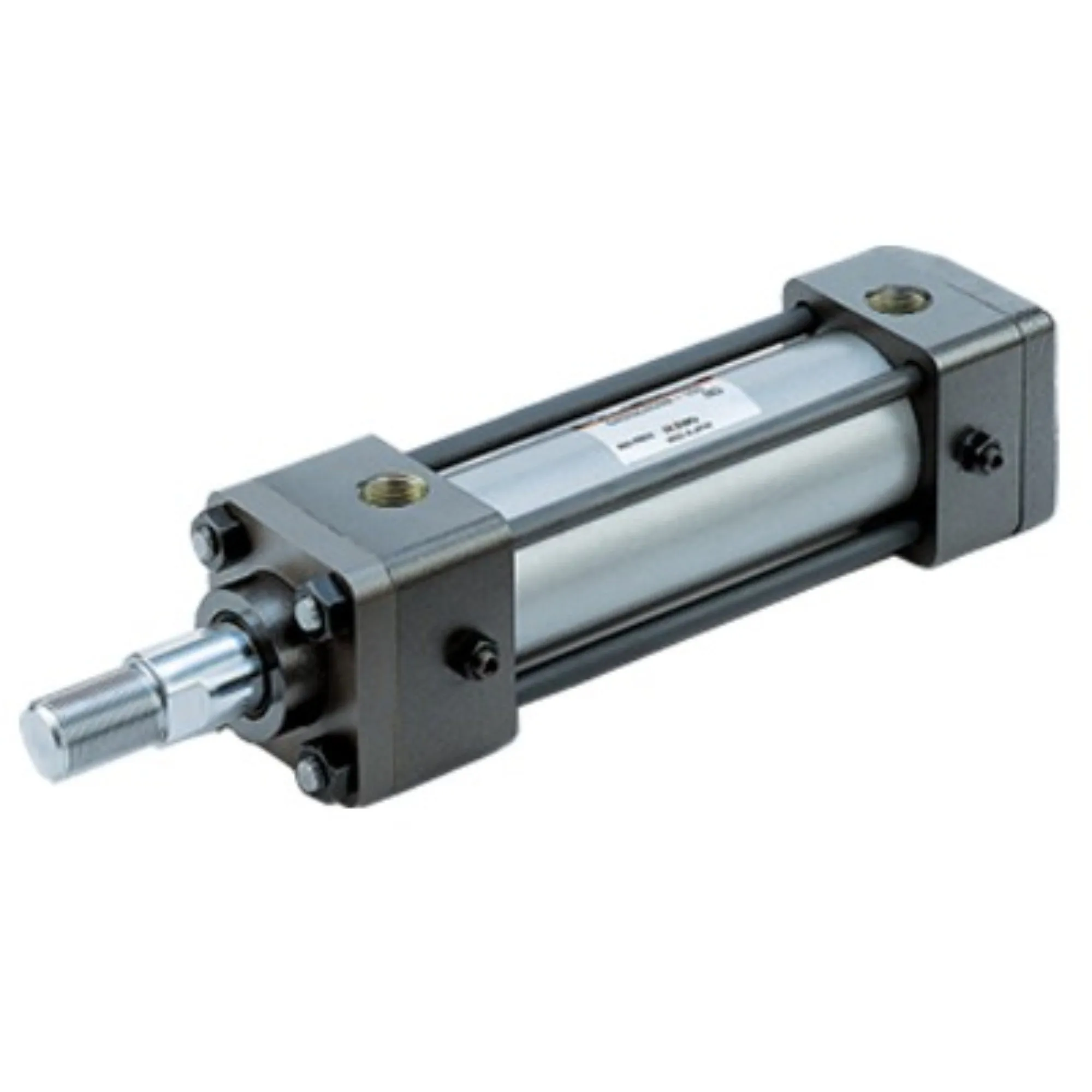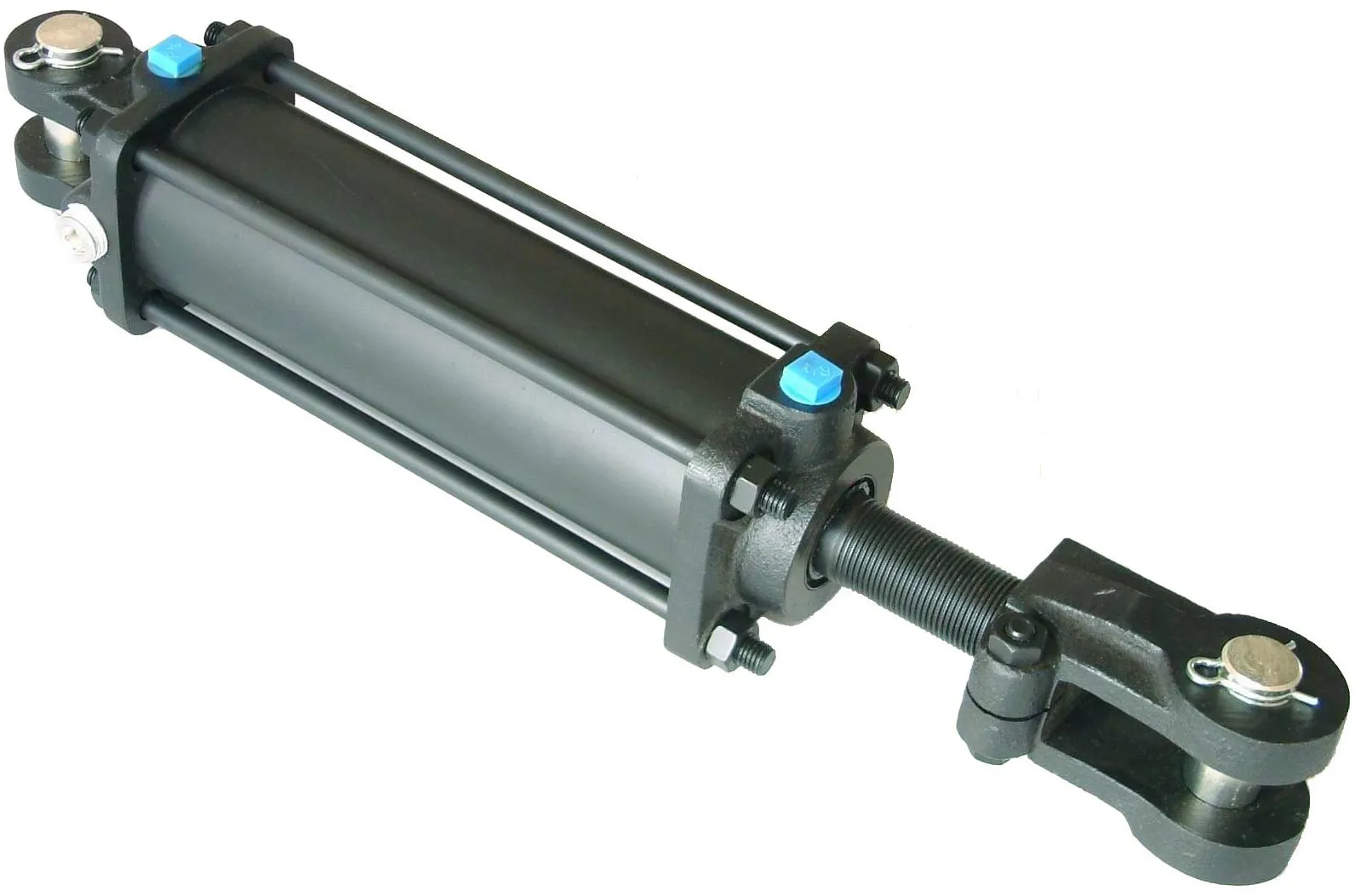Exploring the World of Spring-Return Single-Acting Hydraulic Cylinders
Introduction to the Spring-Return Single-Acting Hydraulic Cylinder
Spring-return single-acting hydraulic cylinder is a type of hydraulic cylinder that utilizes hydraulic oil to extend the piston. The built-in spring automatically retracts the piston when the pressure is released.
Design and Construction Characteristics
- Single-Acting Structure: The hydraulic oil pressure operates in one direction, while the return is dependent on the built-in spring.
- Spring Selection: The appropriate spring must be chosen for quick and complete reset after pressure release.
- Sealing Design: High-quality sealing materials are crucial to prevent oil leakage.
- Strength and Durability: High-strength steel is typically used for construction to withstand high pressure and impact.
Construction and Assembly Process

The assembly process requires precise alignment of components, especially the piston and cylinder block, to minimize friction and wear. Strong welding and mechanical connections are essential to prevent oil leakage under high pressure. Strict testing and debugging ensure the hydraulic cylinder’s normal operation.
Working Principle of Spring-Return Single-Acting Hydraulic Cylinder
When hydraulic oil is pumped into the cylinder, it pushes the piston outward against the load. The spring mechanism retracts the piston to its initial position when the pressure is released.
Types and Configurations
There are three main types of spring-return single-acting hydraulic cylinders, each with specific configurations designed for various applications.
Key Benefits
- Safety – Automatic Reset
- Simplicity – Simple Design
- Cost-Effective – Economical and Practical
- Flexible Operation – Strong Adaptability
Application Scenarios
- Industrial Machinery – Press
- Automated Assembly Line
- Construction Equipment – Hydraulic Jacks
- Lifting Platform
- Agricultural Equipment – Agricultural Machinery


Design Considerations and Selection Criteria
Design considerations include bearing capacity, sealing, durability, safety, and maintainability, all crucial factors in selecting the right hydraulic cylinder.
Sealing and Lubrication
Various seals such as piston seals and rod seals made of wear-resistant materials are essential for preventing oil leakage. Regular lubrication with hydraulic oil is necessary to maintain smooth operation.
Regular Inspection and Preventive Maintenance
Implementing regular inspection and maintenance measures is key to ensuring the longevity and efficiency of the hydraulic cylinder.
Correct Installation Guide
Proper installation of the hydraulic cylinder is crucial for optimal performance and safety. Following the correct installation steps is essential.
Maintenance Tasks
Regular inspection, proper lubrication, seal replacement, and calibration inspection are essential maintenance tasks for ensuring the hydraulic cylinder’s functionality.
Safety Considerations and Environmental Factors

Implementing safety measures and considering environmental factors are important aspects of using hydraulic cylinders in heavy machinery.
Unit Power
The unit power of the hydraulic system plays a significant role in determining the performance and efficiency of the equipment.
Optimizing Hydraulic Power Unit
Optimizing the power unit of the spring-return single-acting hydraulic cylinder can lead to improved efficiency, energy savings, and enhanced reliability.
Common Questions and Answers
1. How does the spring mechanism work in this type of cylinder?
2. What are the main applications of spring-return single-acting hydraulic cylinders?
3. What are the advantages of using a spring-return design?
Long-Tail Keywords
1. Heavy-Duty Spring-Return Single-Acting Hydraulic Cylinder
2. Industrial Spring-Return Hydraulic Cylinder
3. Customized Spring-Return Hydraulic Cylinder
Our Company
We are a leading hydraulic cylinder manufacturer specializing in producing high-quality hydraulic cylinders for heavy machinery applications. Our products are known for their reliability, durability, and performance in the domestic and international markets.
